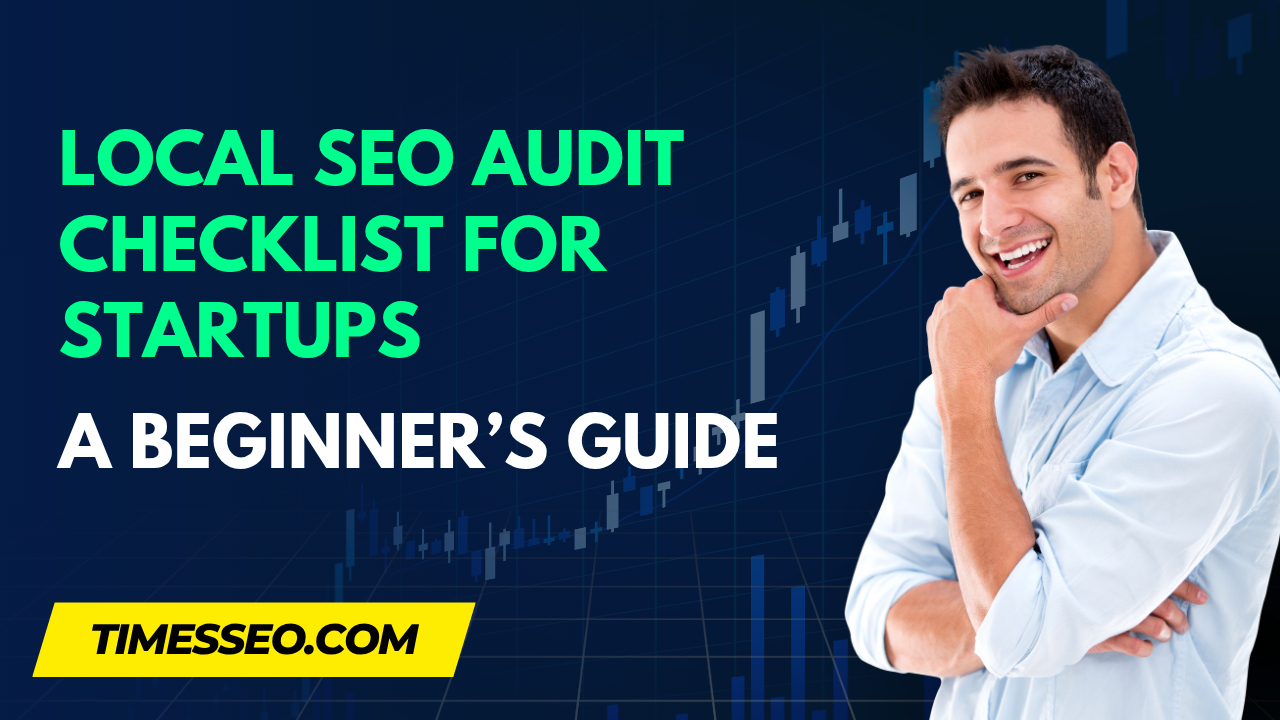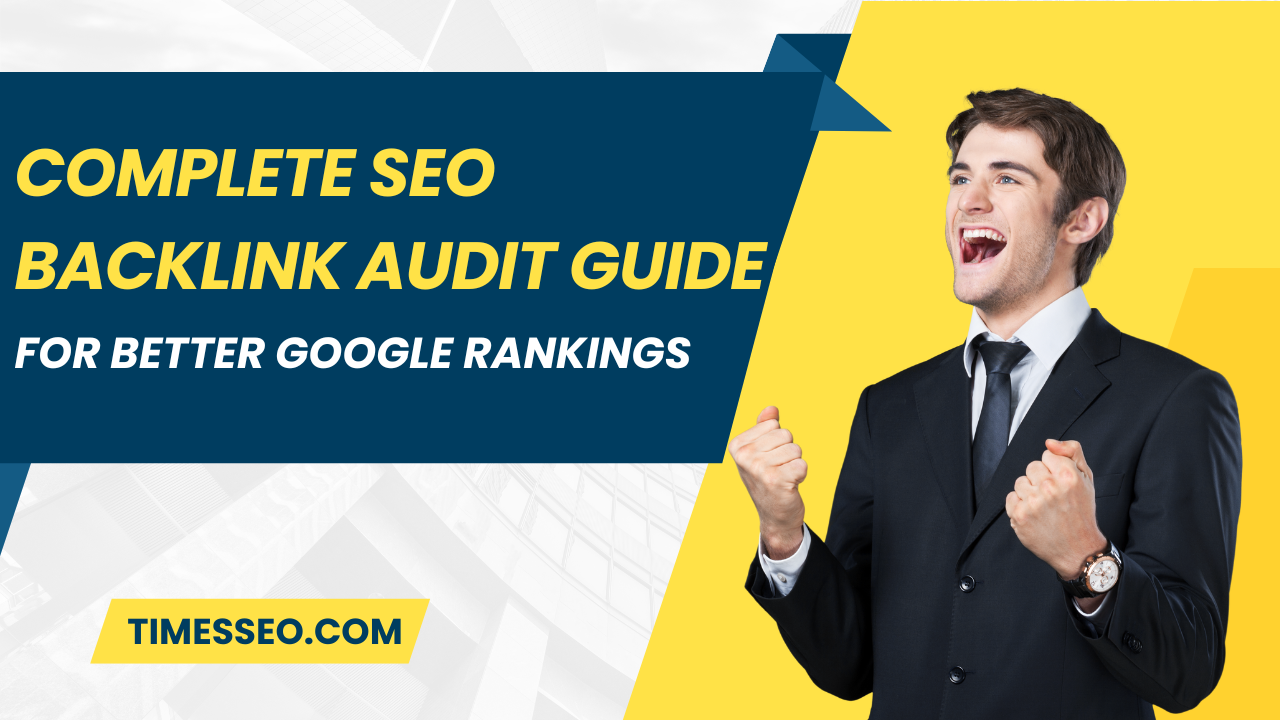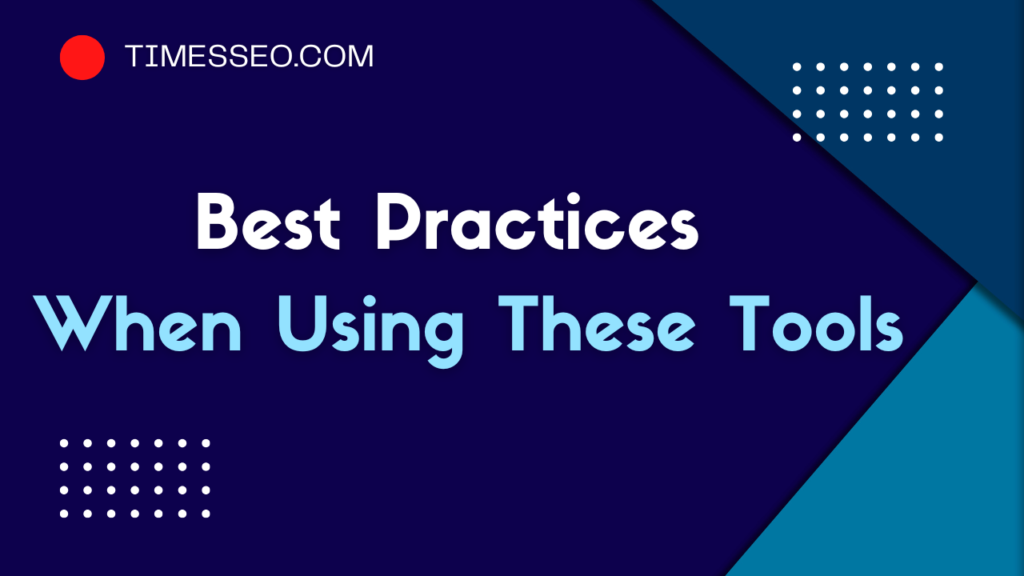
The Best Tools for Building Your Seasonal Keyword Strategy
Discover the best tools to build an effective seasonal keyword strategy and boost your eCommerce visibility year-round. This post highlights both free and paid keyword research tools that help you identify trends, track seasonal search volume, and stay ahead of competitors during high-conversion periods.
Table of Contents
Introduction
What is a Seasonal Keyword Strategy?
A seasonal keyword strategy is your game plan to drive search traffic during specific times of the year—like holidays, sales periods, or seasonal product launches. Instead of targeting keywords year-round, you focus on what’s trending when your audience is ready to buy. It’s like fishing during peak season—you’re far more likely to catch something big.
Why Tools Are Essential for Keyword Research?
You can guess trends, but tools give you data-driven confidence. Whether it’s finding what people are searching for, how often, or when the spike will hit—tools help you be proactive, not reactive. Without them, you’re flying blind in a storm of seasonal demand.
Understanding the Power of Seasonal Keywords
Boosting eCommerce Traffic with Timely Content
If you sell winter boots, your traffic should peak in November–January. The right keywords at the right time bring the right shoppers. Tools help you predict and plan for that.
Targeting Buyer Intent During Peak Seasons
People searching “best Diwali gifts under 1000” aren’t browsing—they’re buying. Keyword tools help you find and capitalize on these high-conversion searches.
Short-Term vs. Evergreen Seasonal Keywords
Not all seasonal keywords die out after one year. Terms like “back to school supplies” return yearly. Tools help you identify which ones to reuse and optimize again.
Criteria for Choosing the Best Tools
Accuracy of Seasonal Search Trends
You want tools that reflect real-time or historical spikes in keyword volume, not just general popularity.
Keyword Volume & Competition Analysis
How many people are searching? How hard is it to rank? The best tools balance both.
Ease of Use and Integrations
It’s not worth it if you can’t find it out immediately. Tools should integrate with other platforms you already use—like Google Analytics, WordPress, or Shopify.
Value for Money
A paid tool should bring ROI—whether that’s through better targeting, more sales, or less time spent guessing.
Top Free Tools for Seasonal Keyword Research
Google Trends
Best for: Visualizing when interest rises or falls.
- Compare multiple keywords to see what’s peaking.
- Filter by region and time to target locally and seasonally.
- Great for “when should I start promoting?” questions.
Google Keyword Planner
Best for: Basic search volume and trends.
- Shows historical search data and forecasts.
- Segment data by months—perfect for seasonal planning.
- Helpful filters like location, device type, and demographics.
AnswerThePublic
Best for: Finding seasonal search questions.
- Converts keyword ideas into question-based searches like “What to wear in winter weddings?”
- Great for blog and content planning around the season.
Google Search Console
Best for: Using your own data to spot seasonal spikes.
- Review which pages did well during last year’s Black Friday or summer sale.
- Optimize or update those pages again this year.
Top Paid Tools for Seasonal Keyword Research
SEMrush
A powerful, all-in-one SEO platform.
- Keyword clusters arranged by topic and intent are provided by Keyword Magic Tool.
- Topic Research shows seasonal content ideas based on trending topics.
- Great for building seasonal content marketing strategies.
Ahrefs
Advanced data and clean dashboards.
- Keyword Explorer provides you with CPC, search volume, and difficulty.
- Discover what competitors are ranking for during holiday seasons.
- Use Content Gap Tool to find what you’re missing out on.
Ubersuggest
Budget-friendly with solid features.
- Search suggestions based on seasonal spikes.
- Includes SEO audits, backlink profiles, and content ideas.
- Ideal for solopreneurs and small eCommerce teams.
Using Social Media Trends for Seasonal Keyword Discovery
Pinterest Trends
Seasonal inspiration goldmine.
- Perfect for fashion, food, and home decor niches.
- Use trends.pinterest.com to explore rising seasonal terms.
Twitter/X Trending Topics
Stay on top of real-time events and pop culture.
- Great for flash sales, trending hashtags, or seasonal memes.
- Use with caution—it’s fast-moving.
TikTok Keyword Insights
Fast-growing platform for trend discovery.
- Use TikTok’s Creative Center or third-party tools.
- Perfect for Gen Z-focused seasonal products.
Combining Tools for a Complete Strategy
Keyword Research + Competitor Analysis
Use SEMrush or Ahrefs for digging into what others are doing—and beat them to it.
Content Calendar Integration
In programs like Trello, Asana, or Notion, export seasonal keywords. Plan your content and promo calendar together.
PPC & Organic Keyword Sync
Don’t silo your efforts. If “Valentine gifts for her” is a top keyword, run both SEO content and Google Ads together for it.
Best Practices When Using These Tools
Start Research Months in Advance
Seasonal keywords have a lag time. Your material must be crawled, indexed, and ranked by Google. Don’t put off publishing your Christmas guide until November.
Focus on Long-Tail Seasonal Phrases
These are more targeted, less competitive, and convert better. For example, “eco-friendly Diwali gifts” beats “Diwali gifts” in relevance.
Track and Update Yearly Trends
What worked last year may work again—but with tweaks. Keep an eye on shifts in search volume and user behavior.
Common Mistakes to Avoid
Ignoring Data from Past Seasons
If a blog post brought in 20k visitors last year—don’t ignore it. Update, republish, and re-promote.
Using Only One Tool
Each tool has strengths. Combine free + paid tools for a richer keyword set.
Focusing Too Narrowly on Holidays Only
Seasons aren’t just holidays. Think “summer skincare,” “back-to-college essentials,” or “wedding season dresses.”
Conclusion
Choosing the right tools for your seasonal keyword strategy can mean the difference between a quiet quarter or a sales explosion. Whether you’re using free resources like Google Trends or investing in SEMrush or Ahrefs, the key is to use these tools proactively. Start early, plan smart, and combine data sources to uncover hidden opportunities. Let your keyword strategy follow the calendar—and watch your traffic and conversions follow, too.
Frequently Asked Questions
Google Trends is easy, free, and perfect for spotting seasonal trends with no learning curve.
Yes, most tools like Ahrefs, SEMrush, and Google Keyword Planner allow filtering by country and language.
Start at least 2–3 months before the event or peak season. Some brands start even 6 months ahead for big events.
Absolutely. Start with Google Trends and Keyword Planner. Upgrade to paid tools when you need deeper insights or have more budget.
Use Google Search Console, Analytics, and your chosen SEO tool to monitor traffic, rankings, and conversions tied to those keywords.
Table of Contents
Popular Posts
-
 Affordable Technical SEO Audit for Small Business: A Complete Guide26 Jun 2025 Blog
Affordable Technical SEO Audit for Small Business: A Complete Guide26 Jun 2025 Blog -
 How to Get an Affordable Technical SEO Audit for Small Business27 Jun 2025 Blog
How to Get an Affordable Technical SEO Audit for Small Business27 Jun 2025 Blog -
 The Ultimate Local SEO Audit Checklist for Startups28 Jun 2025 Blog
The Ultimate Local SEO Audit Checklist for Startups28 Jun 2025 Blog -
 Local SEO Audit Checklist for Startups: A Beginner’s Guide28 Jun 2025 Blog
Local SEO Audit Checklist for Startups: A Beginner’s Guide28 Jun 2025 Blog -
 Top On-Page SEO Audit Steps for Service Websites Every Business Should Know29 Jun 2025 Blog
Top On-Page SEO Audit Steps for Service Websites Every Business Should Know29 Jun 2025 Blog -
 Technical SEO for WordPress: The Ultimate Beginner’s Guide01 Jul 2025 Blog
Technical SEO for WordPress: The Ultimate Beginner’s Guide01 Jul 2025 Blog -
 The Impact of On-Page SEO Audit Steps for Service Websites on UX01 Jul 2025 Blog
The Impact of On-Page SEO Audit Steps for Service Websites on UX01 Jul 2025 Blog -
 Technical Mobile SEO Audit Tips for Developers02 Jul 2025 Blog
Technical Mobile SEO Audit Tips for Developers02 Jul 2025 Blog -
 Complete SEO Backlink Audit Guide for Better Google Rankings03 Jul 2025 Blog
Complete SEO Backlink Audit Guide for Better Google Rankings03 Jul 2025 Blog -
 Boost Your Rankings with Technical SEO for WordPress01 Jul 2025 Blog
Boost Your Rankings with Technical SEO for WordPress01 Jul 2025 Blog






